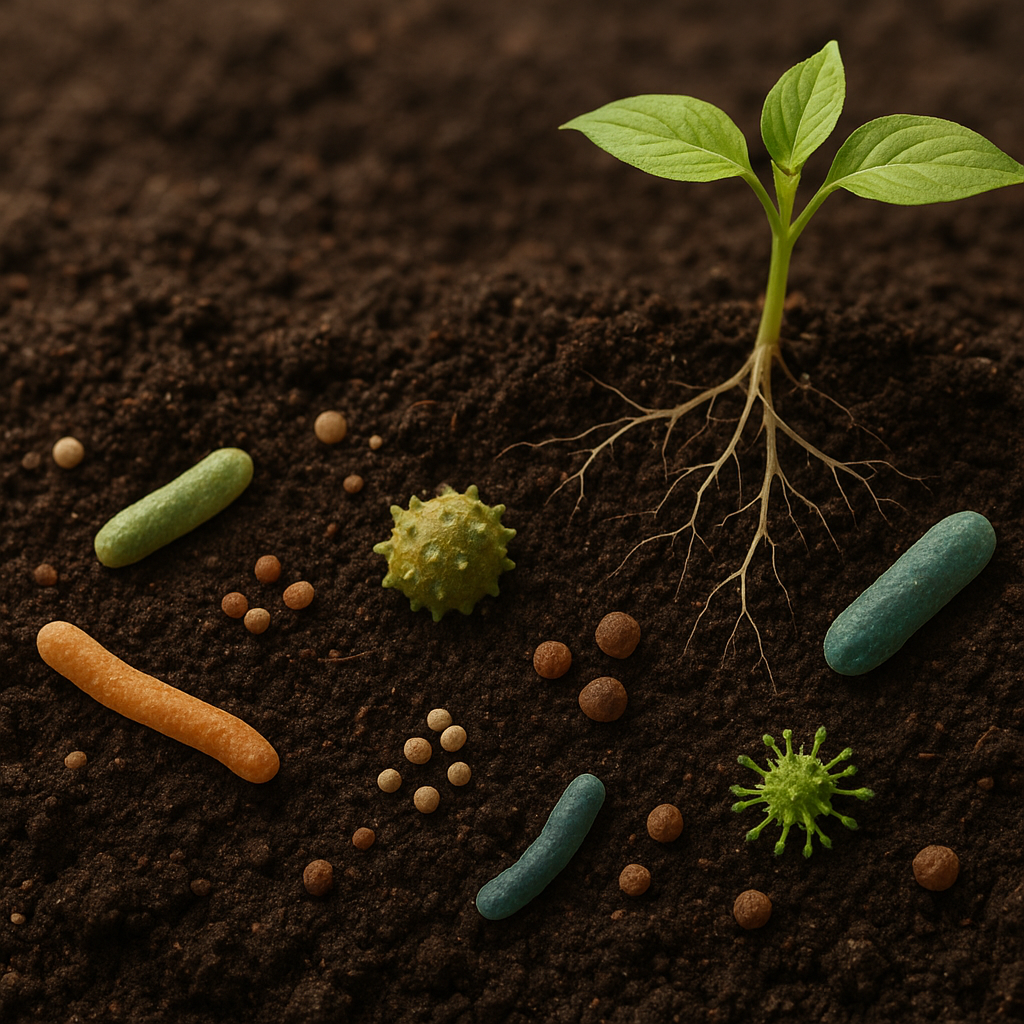Intercropping, the agricultural practice of growing two or more crops in proximity, offers numerous advantages for pest control and productivity. This method not only enhances biodiversity but also creates a more resilient farming system. By strategically selecting companion crops, farmers can reduce pest populations, improve soil health, and ultimately increase yields. This article explores the benefits of intercropping, focusing on its role in pest management and overall agricultural productivity.
Understanding Intercropping
Intercropping involves the simultaneous cultivation of different crops in the same field. This practice can take various forms, including row intercropping, strip intercropping, and relay intercropping. Each method has its unique advantages and can be tailored to specific farming conditions and crop types. The primary goal of intercropping is to optimize the use of resources such as light, water, and nutrients, while also enhancing pest control mechanisms.
Types of Intercropping
- Row Intercropping: This method involves planting two or more crops in alternating rows. It allows for easy management and harvesting while maximizing space.
- Strip Intercropping: In this approach, crops are planted in wide strips, which can help in managing pests and diseases by creating barriers between different species.
- Relay Intercropping: This technique involves planting a second crop before the first crop is harvested, ensuring continuous ground cover and reducing soil erosion.
The Role of Intercropping in Pest Control
Pest management is a critical aspect of sustainable agriculture. Intercropping can significantly reduce the incidence of pests and diseases through various mechanisms. By increasing biodiversity, intercropping disrupts the habitat of pest species, making it harder for them to thrive. Additionally, certain companion crops can attract beneficial insects that prey on pests, further enhancing pest control.
Mechanisms of Pest Control through Intercropping
- Companion Planting: Some plants naturally repel pests or attract beneficial insects. For example, marigolds are known to deter nematodes and other harmful insects.
- Physical Barriers: Taller crops can provide shade and shelter for smaller plants, creating a microclimate that is less favorable for pests.
- Allelopathy: Certain plants release chemicals that inhibit the growth of nearby weeds and pests, reducing competition and pest populations.
Case Studies of Successful Intercropping
Numerous studies have demonstrated the effectiveness of intercropping in pest management. For instance, a study conducted in East Africa showed that intercropping maize with beans significantly reduced the population of the fall armyworm, a notorious pest. The beans attracted natural predators, which helped control the pest population without the need for chemical pesticides.
Another example can be found in the cultivation of tomatoes and basil. The aromatic compounds released by basil are known to repel aphids and whiteflies, common pests that affect tomato plants. This combination not only enhances pest control but also improves the overall flavor of the tomatoes.
Enhancing Productivity through Intercropping
In addition to pest control, intercropping can lead to increased agricultural productivity. By utilizing the available resources more efficiently, farmers can achieve higher yields compared to monoculture systems. The complementary growth habits of different crops can lead to better nutrient uptake and improved soil health.
Resource Utilization and Soil Health
- Nutrient Cycling: Different crops have varying nutrient requirements and root structures. Intercropping allows for better nutrient cycling, as deep-rooted plants can access nutrients unavailable to shallow-rooted crops.
- Soil Structure Improvement: Diverse root systems help improve soil structure, enhancing water infiltration and reducing erosion.
- Organic Matter Contribution: Leguminous crops, when intercropped, can fix nitrogen in the soil, enriching it and reducing the need for synthetic fertilizers.
Economic Benefits of Intercropping
Intercropping can also provide economic advantages for farmers. By diversifying their crops, farmers can reduce the risk of total crop failure due to pests, diseases, or market fluctuations. Additionally, intercropping can lead to higher overall yields, which translates to increased income. Farmers can also tap into niche markets for specialty crops, further enhancing their profitability.
Challenges and Considerations in Intercropping
While intercropping offers numerous benefits, it is not without its challenges. Farmers must carefully consider crop compatibility, management practices, and market demand when implementing intercropping systems. Successful intercropping requires knowledge of the growth habits and nutrient needs of different crops, as well as an understanding of local pest dynamics.
Crop Compatibility
Choosing the right combination of crops is crucial for successful intercropping. Some crops may compete for the same resources, leading to reduced yields. Farmers should conduct thorough research and possibly trial different combinations to determine the most effective pairings for their specific conditions.
Management Practices
Intercropping may require different management practices compared to monoculture systems. Farmers need to be aware of the specific needs of each crop, including planting times, irrigation requirements, and pest management strategies. This can increase the complexity of farm management but can be mitigated through proper planning and education.
Conclusion
Intercropping presents a sustainable solution for pest control and productivity enhancement in agriculture. By fostering biodiversity and optimizing resource use, this practice not only helps in managing pests but also contributes to improved soil health and economic viability for farmers. As the agricultural sector continues to face challenges such as climate change and pest resistance, intercropping stands out as a promising strategy for building resilient farming systems. Embracing intercropping can lead to a more sustainable future for agriculture, benefiting both farmers and the environment.




